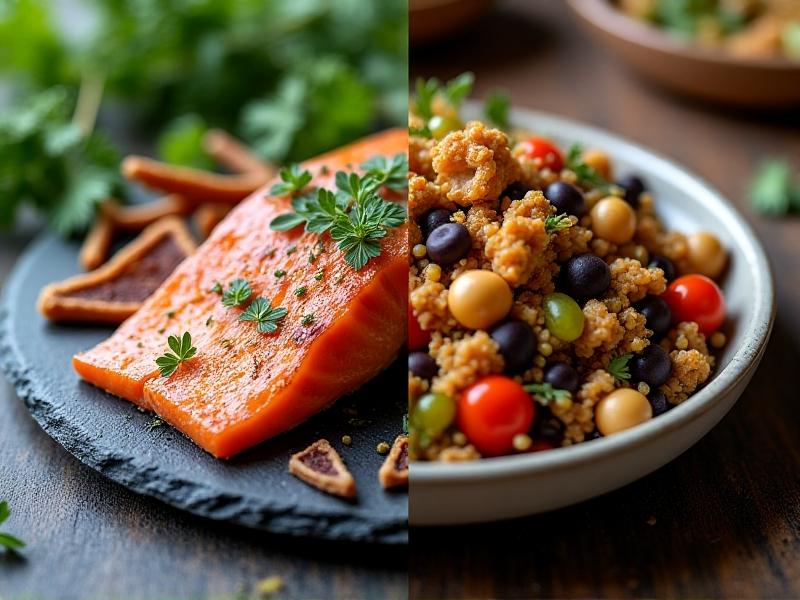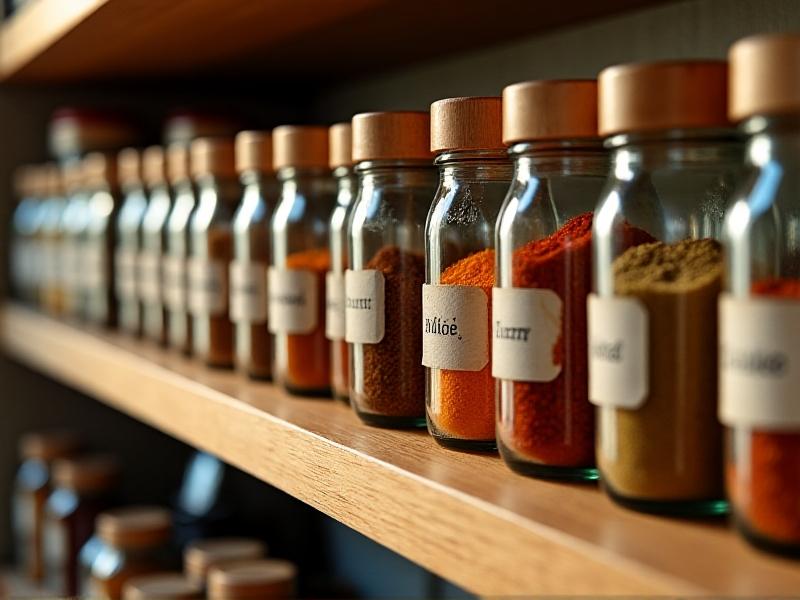Freeze-Dried vs Air-Dried Nutrition
Understanding Freeze-Drying and Air-Drying: Core Processes
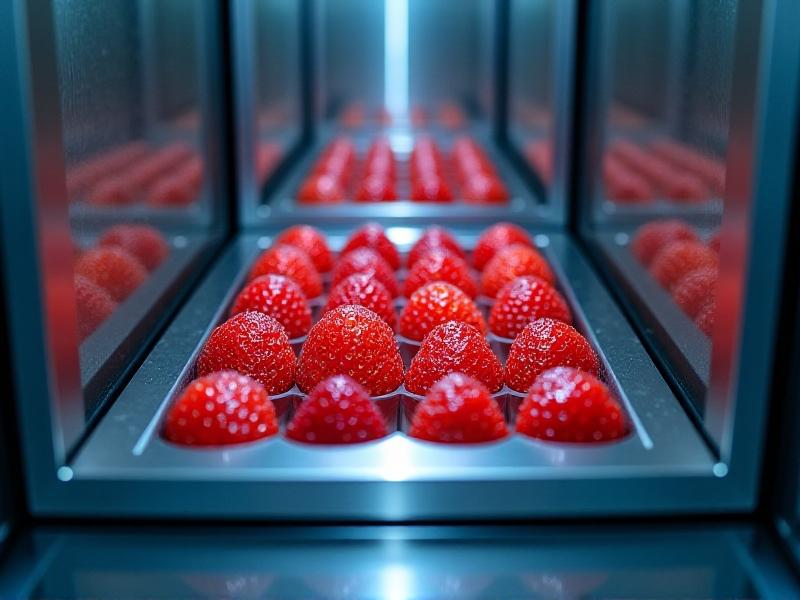
Freeze-drying, or lyophilization, involves freezing food at extreme temperatures (-50°F or lower) and placing it in a vacuum to sublimate ice into vapor. This process preserves structure and nutrients by avoiding liquid-phase damage. Foods emerge lightweight, porous, and shelf-stable, retaining up to 97% of their original nutrients. Ideal for delicate items like berries or probiotics, it’s a favorite for space missions and emergency kits due to its lightweight results.
Air-drying relies on evaporation, using warm airflow to remove moisture over days or weeks. Herbs, meats, and fruits dehydrate at lower temperatures (104–140°F), making it energy-efficient but risking nutrient degradation. Vitamin C and B vitamins, sensitive to heat, may diminish, but minerals and fiber remain intact. The method’s simplicity—no advanced machinery required—has sustained its use from ancestral jerky-making to modern herb production.
Nutrient Retention: Freeze-Dried vs Air-Dried Foods
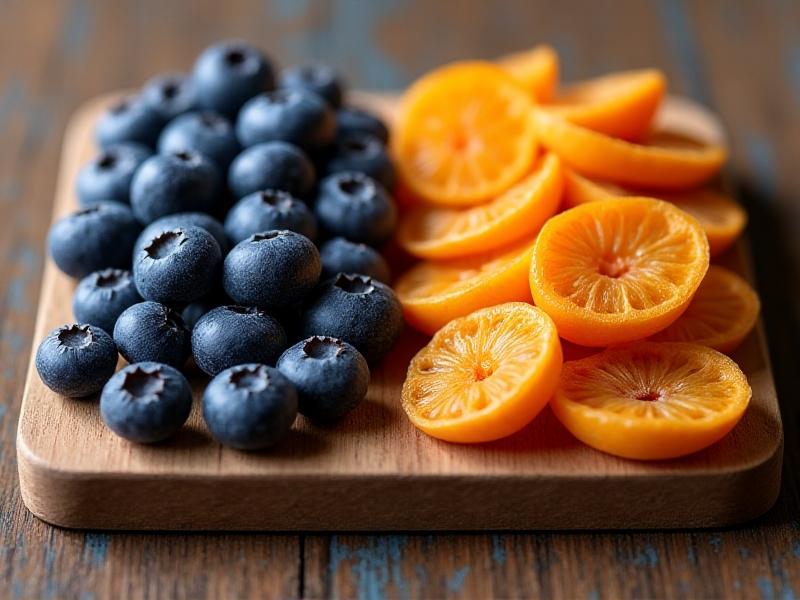
Freeze-drying excels in preserving heat-sensitive nutrients. Studies show freeze-dried foods retain over 90% of antioxidants like vitamin C and polyphenols, crucial for combating oxidative stress. Their porous structure also allows efficient rehydration, restoring near-fresh texture and nutrient density. This makes them optimal for dietary supplements or pediatric nutrition.
Air-dried foods lose 20–30% of vitamins like thiamine and folate due to prolonged heat exposure. However, minerals such as iron and potassium remain stable, and fiber content stays intact. For instance, air-dried kale chips still deliver magnesium and vitamin K, appealing to health-conscious snackers. While less nutrient-dense than freeze-dried counterparts, they offer cost-effective nutrition for everyday use.
Taste and Texture: A Sensory Comparison
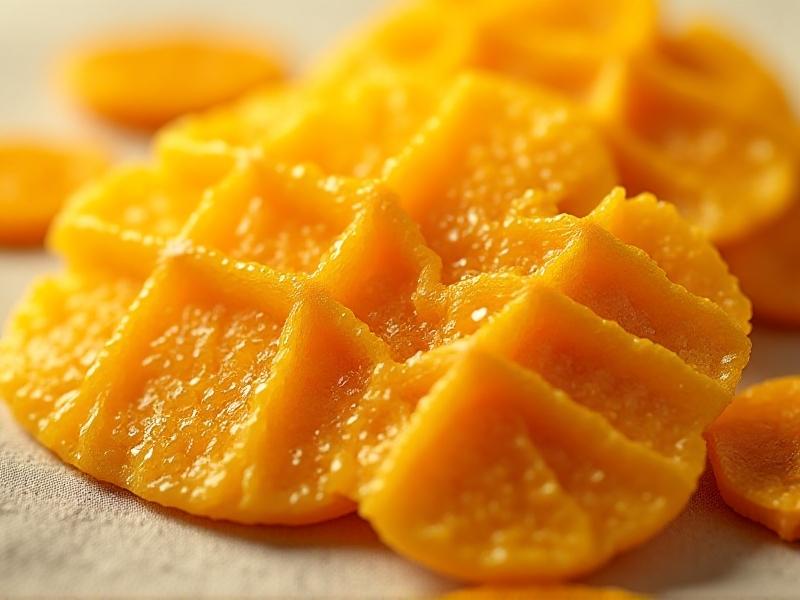
Freeze-dried foods often mimic fresh textures. Strawberries retain a crisp yet melt-in-mouth quality, dissolving quickly without chewiness. Flavors concentrate, making them popular in gourmet desserts or as salad toppings. Their lightness appeals to hikers needing calorie-dense, non-perishable snacks.
Air-dried foods develop denser, chewier textures. Beef jerky becomes firm and savory, while dried figs turn sticky and rich. Maillard reaction during drying enhances umami and sweetness, ideal for savory snacks. However, some fruits may taste overly sugary or leathery, limiting versatility.
Shelf Life and Storage Practicalities

Freeze-dried foods last 25–30 years when stored in airtight containers with oxygen absorbers. Their moisture content (1–2%) prevents microbial growth, making them ideal for disaster preparedness. However, they’re brittle and require careful handling to avoid crumbling.
Air-dried products typically last 1–5 years, depending on residual moisture. Items like jerky need refrigeration after opening to prevent mold. Bulk storage in vacuum-sealed bags maximizes longevity, but humidity fluctuations can compromise texture.
Cost, Accessibility, and Environmental Impact
Freeze-drying’s high equipment and energy costs make retail prices steep—up to 3x more than air-dried options. Industrial-scale operations mitigate expenses, but home units remain prohibitively priced. Air-drying’s low-tech approach reduces costs, appealing to small farms and DIY enthusiasts using solar dehydrators.
Environmentally, freeze-drying’s energy-intensive process contributes to higher carbon emissions. Air-drying, especially with renewable energy, leaves a smaller footprint. However, freeze-drying’s waste reduction (longer shelf life) balances ecological impact by minimizing food spoilage.
Choosing the Right Method for Your Needs
For backpackers or emergency kits, freeze-dried meals offer nutrient density and portability. Parents favor them for picky eaters due to vibrant flavors and familiar textures. Conversely, air-dried snacks suit budget-conscious households or culinary projects like homemade spice blends.
Businesses must weigh customer priorities: premium freeze-dried goods attract health markets, while air-dried items cater to eco-friendly buyers. Hybrid approaches, like air-drying herbs and freeze-drying fruits, maximize both quality and cost efficiency.



